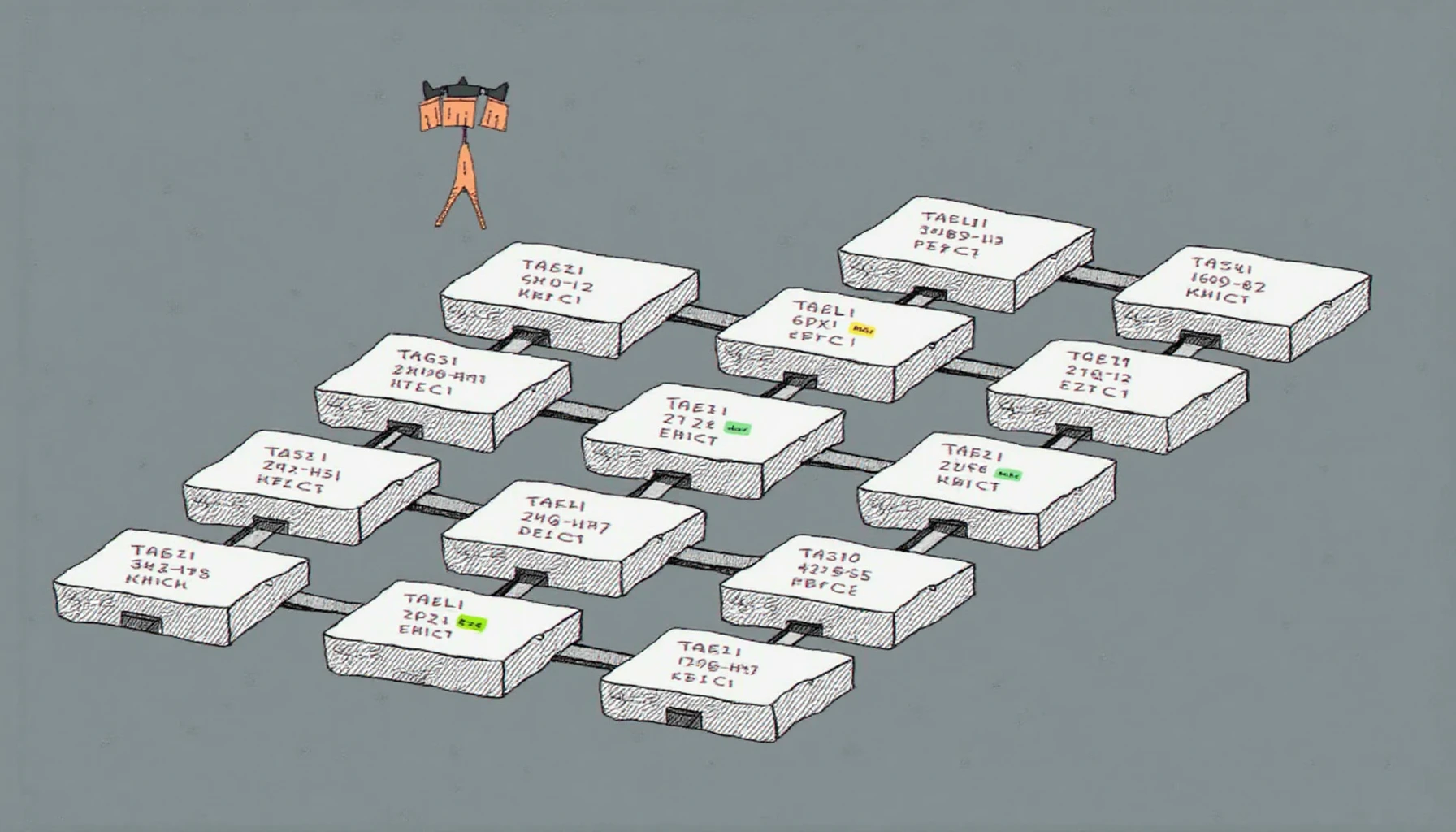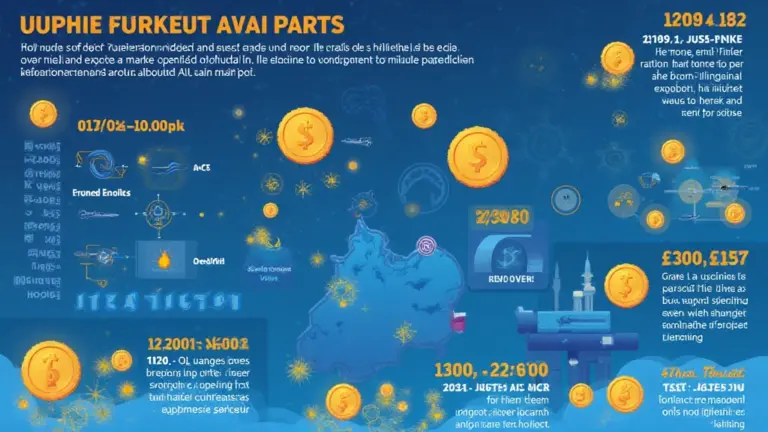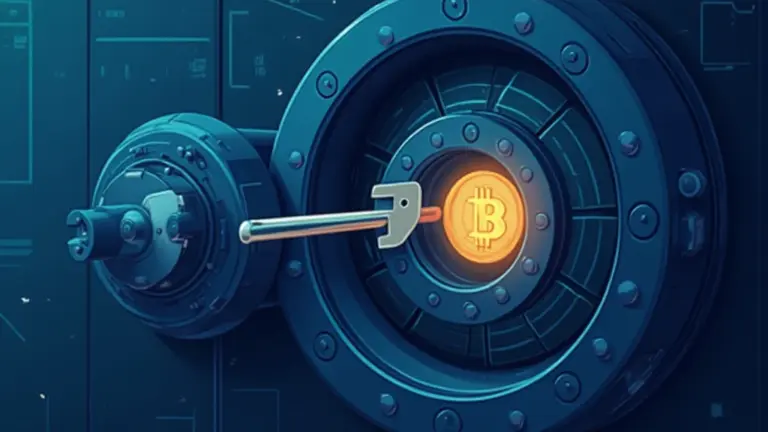Understanding Blockchain Data Structure: Key Concepts Explained
Introduction: Why Does Blockchain Data Structure Matter?
Have you ever wondered how cryptocurrencies operate behind the scenes? With over 560 million cryptocurrency holders globally, understanding the blockchain data structure is crucial for safe and efficient transactions. This article will clarify core components of blockchain technology and its significance in digital currency trading.
What is a Blockchain?
In simple terms, blockchain is a decentralized ledger that records transactions across many computers in a way that the registered transactions cannot be altered retroactively. This makes it ideal for digital currency transactions. Let’s break it down:
- Nodes: Each participant in the network maintains a copy of the blockchain.
- Blocks: Information is stored in blocks, which are chained together chronologically.
- Transactions: Data related to financial transactions, timestamps, and previous block hash is stored here.
The Core Components of Blockchain Data Structure
When examining blockchain technology principles, it’s vital to consider these key components:

1. Block: The Basic Unit
Each block contains:
- Header: Includes hash of the previous block, timestamp, and nonce.
- Body: Contains all completed transactions.
- Size: Typically limited to 1MB in Bitcoin, which can affect transaction speed.
2. Hashing: Data Integrity
Hashing is a critical process that ensures data integrity within the blockchain:
- Function: Converts input (transactions) into a fixed-length string of characters.
- Purpose: Makes it impossible to alter transaction data without changing the hashed value.
3. Consensus Mechanisms: Agreement Among Nodes
For the blockchain to function properly, all nodes must agree on the validity of transactions. This leads us to consensus mechanisms, with Proof of Work and Proof of Stake being the most common ones.
Impact on Cryptocurrency Trading
Understanding blockchain data structure is integral for traders. For instance:
- Less processing time leads to faster digital currency transactions.
- Robust security protocols safeguard against fraud.
- Transparent transaction histories foster trust among users.
Conclusion: Your Next Steps in the Blockchain Journey
In summary, the blockchain data structure lays the foundation for secure, efficient digital currency transactions. If you want to delve deeper into the world of cryptocurrencies, consider exploring the 2025 most promising altcoins or learning how to securely store your cryptocurrencies. Remember, knowledge is power in this ever-evolving landscape!
For comprehensive guidance, download our cryptocurrency safety guide today!






